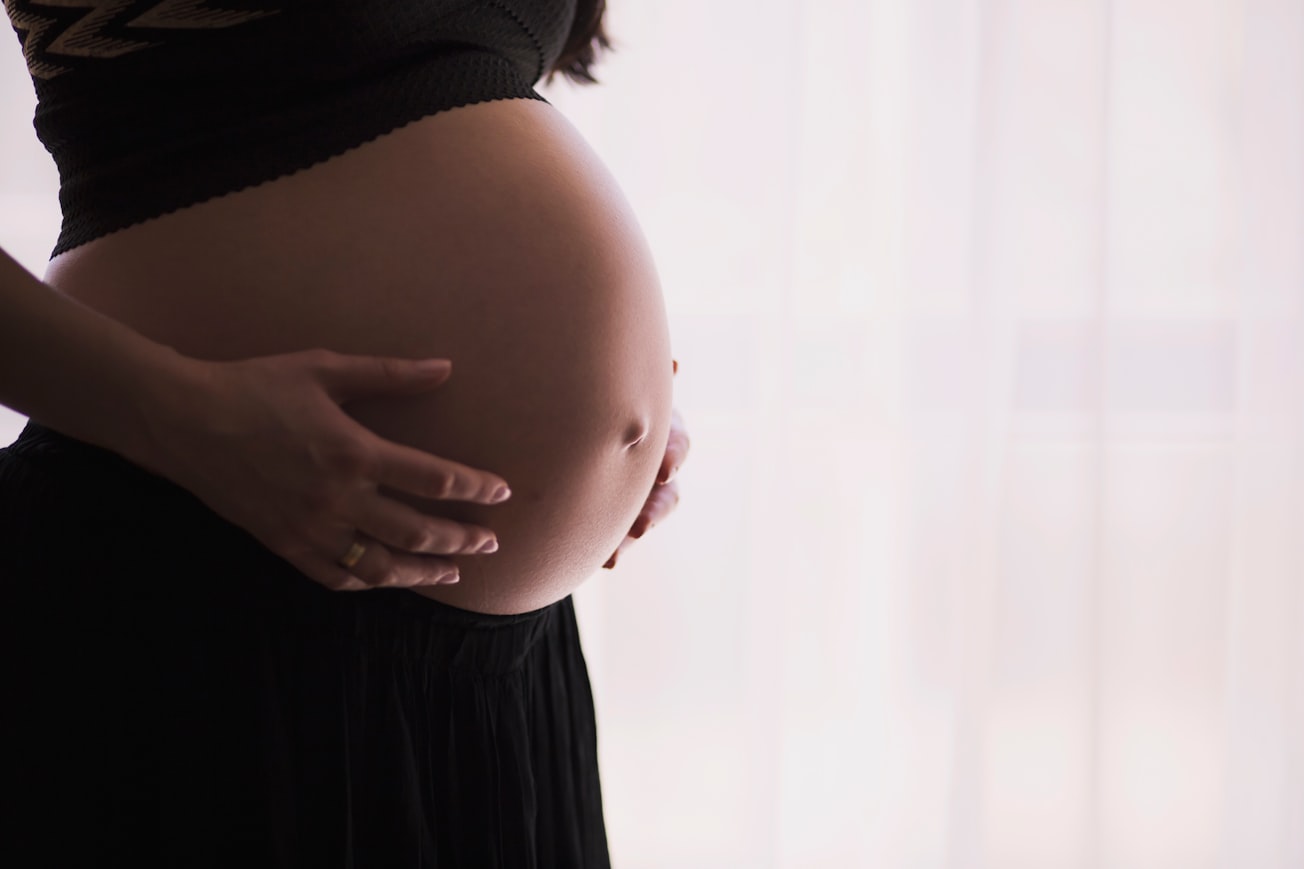What is it about?
Since 2011, six published research studies have shown a link between stillbirth, low birth weight, and sleeping on one's back during pregnancy. One way to keep people off their back while sleeping is by using "positional therapy". The earliest example of positional therapy is found in the late 18th century when soldiers in the American War of Independence were told to sleep with their rucksacks filled and strapped to their back in order to avoid rolling onto their back, snoring, and thereby disclosure of their position to the enemy. In more recent decades, positional therapy has been used to treat snoring and other breathing abnormalities during sleep. We designed a positional therapy device for pregnant women, called PrenaBelt, to help them minimize the time they spend on their back during sleep and tested it in a group of 200 healthy, pregnant, Ghanaian women during the last three months of pregnancy to see if there would be an effect on birth weight and birth weight percentile. Women were randomly assigned to use a PrenaBelt or a sham-PrenaBelt, which looked and felt like a PrenaBelt but could not provide positional therapy. Overall adherence to using the assigned device was 56%, which is lower than we expected, but women who were assigned the PrenaBelt had babies that were, on average, 110 grams heavier at birth and had a 7% greater birth weight centile in comparison with women who were assigned the sham-PrenaBelt. These results should be considered with caution, however, because they did not reach a predefined, universally-accepted level of statistical significance, which means that if our study were to be repeated, the results may not be the same.
Featured Image

Photo by freestocks.org on Unsplash
Why is it important?
Each year, over two million babies die before or during birth (stillbirth). Each year, over twenty million babies are born with a low birth weight (LBW), which puts them at a twenty times higher risk of dying in the first year of life than babies with normal birth weight. Stillbirth (SB) and LBW are connected in some way. In high-income countries (HIC’s), SB rates have seen little or no improvement in the past two to three decades. Prevention strategies that target risk factors for SB could be key to making progress. The three most important risk factors for SB in HIC’s are maternal obesity, advanced maternal age, and maternal smoking; however, obesity and age are not realistically modifiable during the course of pregnancy. Therefore, strategies have been focused to target risk factors that are modifiable. Since 2011, six research studies have shown an association between SB, LBW, and sleeping on one’s back during late pregnancy. A recent study published in The Lancet confirmed these results and concluded that 6% of late SB could be avoided if every pregnant woman settled to sleep on her side from 28 weeks’ gestation until the end of the pregnancy. For comparison, quitting smoking in pregnancy can avoid between 4-7% of stillbirths. Therefore, this research, which is the first clinical trial using positional therapy during sleep in pregnancy, is the first step in exploring a novel way of further reducing rates of SB and LBW worldwide.
Perspectives
I am indebted to my colleagues from Ghana, Dr. Jerry Coleman, Mr. Maxfield Okere, Professor Joseph Seffah, and our midwife research assistants (Ms. Josephine Kwaw, Ms. Rose Quartey, Ms. Jemima Marfo, and Ms. Joyce Dodoo) for their unique blend of tenacity, patience, and expertise in planning and conducting this trial - it was an absolute pleasure and honor to work with each of them, and I hope to continue working together in the near future toward solving the greatest perplexities facing maternal and newborn health. I also received close supervision and warm mentorship from Dr. Heather Scott of Dalhousie University, Canada, and Dr. Louise O'Brien of the University of Michigan, USA. I learned so much about the value of relationships and teamwork in the course of this work. In this research, we took an uncharted course, diving deep into the realm of sleep in pregnancy. I am looking forward to watching developments in this emerging field.
Allan Kember
University of Toronto
Read the Original
This page is a summary of: The Ghana PrenaBelt trial: a double-blind, sham-controlled, randomised clinical trial to evaluate the effect of maternal positional therapy during third-trimester sleep on birth weight, BMJ Open, April 2019, BMJ,
DOI: 10.1136/bmjopen-2018-022981.
You can read the full text:
Resources
Tommy's Sleep On Side Campaign
Tommy's has launched the Sleep On Side campaign today in response to the publication of a fourth research study confirming a link between going to sleep supine (on back) in late pregnancy and stillbirth. The international research teams that have been involved in these studies have called for women to be made aware of the research, and informed that going to sleep on their side in late pregnancy could reduce their risk of stillbirth. Tommy's has worked with parents and clinicians to create an animation to raise awareness of the importance of going to sleep on your side in late pregnancy.
Interview with Allan Kember about the PrenaBelt
An interview with Allan Kember about the PrenaBelt at a Grand Challenges Canada event at The Hospital for Sick Children (SickKids), Toronto, Ontario in 2015.
Pitch for the PrenaBelt by Allan Kember
In this speed drawing video from 2014, Allan Kember outlines a big idea with potential big impact. We are indebted to Grand Challenges Canada, which is funded by the Government of Canada, for financial support that made the PrenaBelt research possible.
Contributors
The following have contributed to this page







